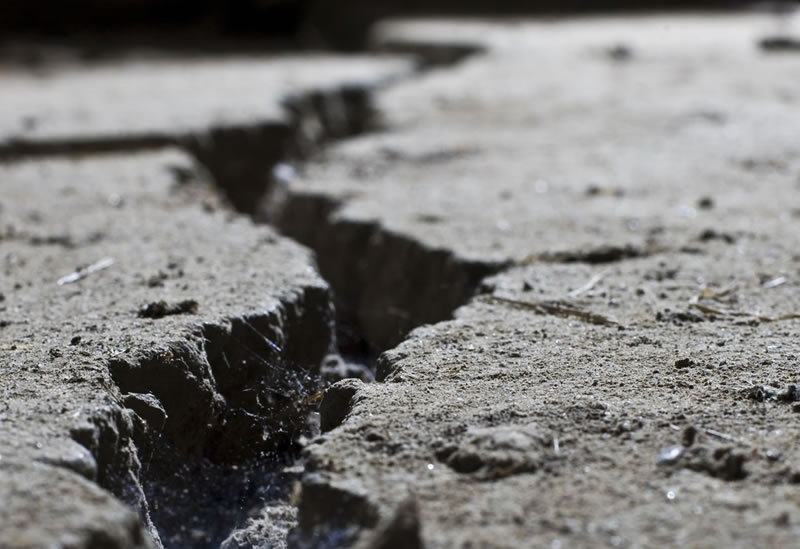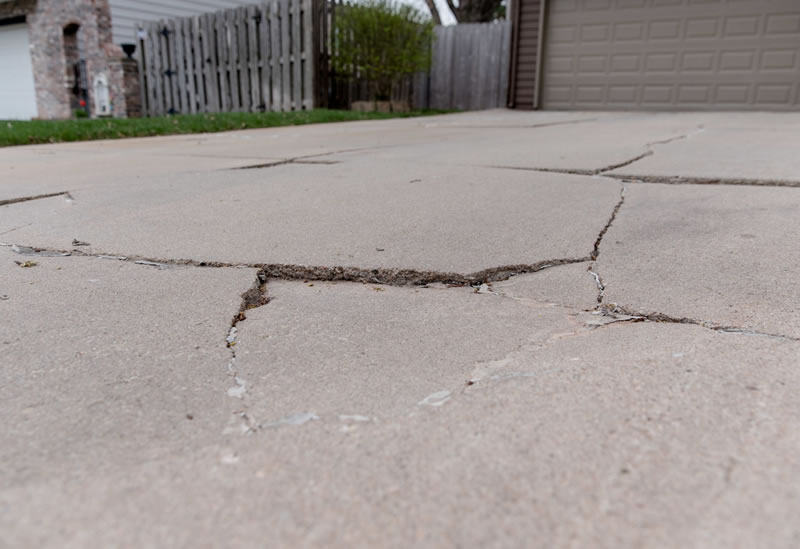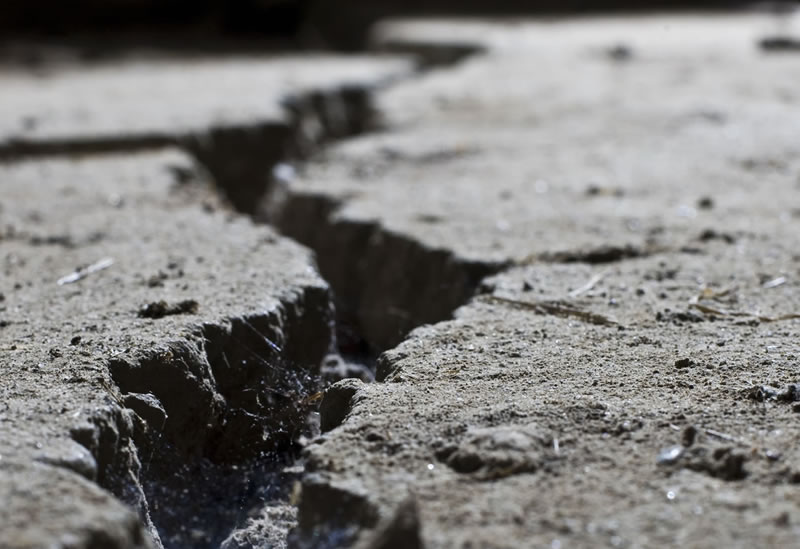Why is driveway crack filler something every homeowner should be familiar with? It’s an inevitable fact of life that all things break down – that’s where we get the word atrophy. Time, temperature fluctuations, traffic, sunlight, motor oils, settling soils, and maybe some pesky tree roots all conspire to make asphalt driveways less than smooth
It is a problem that is about more than aesthetics (although crumbling pavement is never pretty). Deteriorating pavement is the problem that grows. The more you allow asphalt breakdown to persist – failing to fill cracks and holes – the bigger the problem will get. After a while, those cracks get longer and wider, moisture gets in and undermines the surface, and soon those cracks become potholes. Soon, repaving might be necessary. Why pay for an entirely new driveway when driveway crack filler is about 1/100 the cost?


A stitch in time saves nine
Driveways that need regular maintenance – which is basically every driveway everywhere – very often have several things wrong with them. Cracking is one such thing, but it can also include distortion (such as rutting, usually a result of poor installation), disintegration (potholes and raveling, the latter of these is when particles from the asphalt weather away), and slickness (water, tar, or lubricants sit on the surface, causing skidding hazards).
In addition to filler used to patch smaller cracks in asphalt, there are times when the size of the deterioration requires more. When chunks of pavement come loose, such as with potholes, EZ Street Premium Cold Asphalt is the easy, any-temperature way to patch the problem. As the name suggests, it’s simple to use, ideal for the DIY homeowner.
Don’t settle for a bad driveway with cracks and potholes
A driveway is more than a functional part of a home. It’s a part of the overall appearance of it as well. There are options to asphalt – pavers, concrete, and gravel, of course – but for the money a nice, smooth asphalt driveway is widely preferred in virtually every climate of the US and most places outside the US as well.
The difference between asphalt and concrete, aside from color, is that a crack in concrete is generally more pronounced and not fixable with filler or patch material. Asphalt has a little more give to it, making it better at enduring extreme temperature fluctuations and heavy vehicles. And as should be evident, repairs using such products as crack filler or EZ Street Premium Cold Asphalt are something that does not require large equipment or professional experience. It’s the kind of DIY job that can make any homeowner proud.










